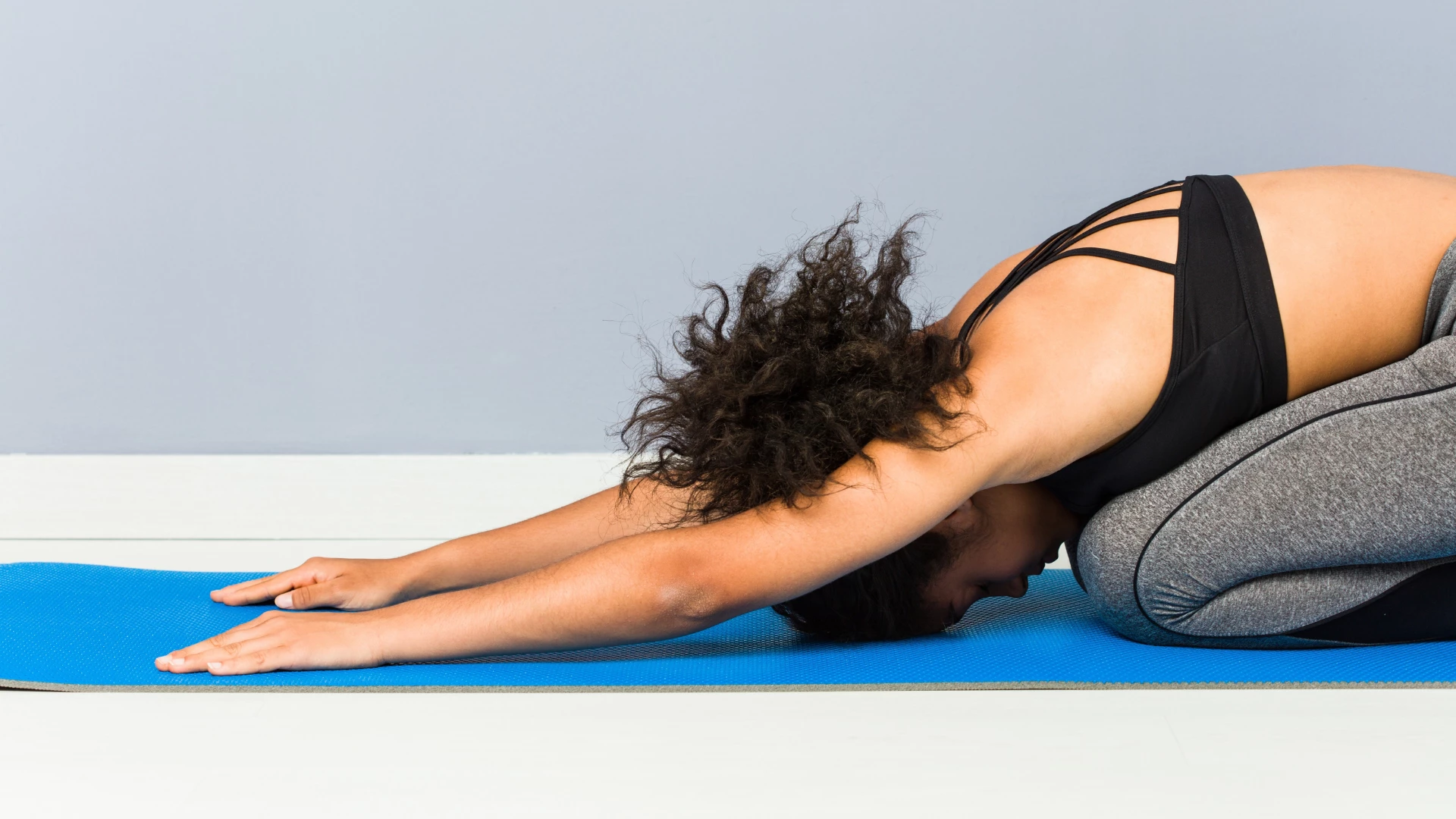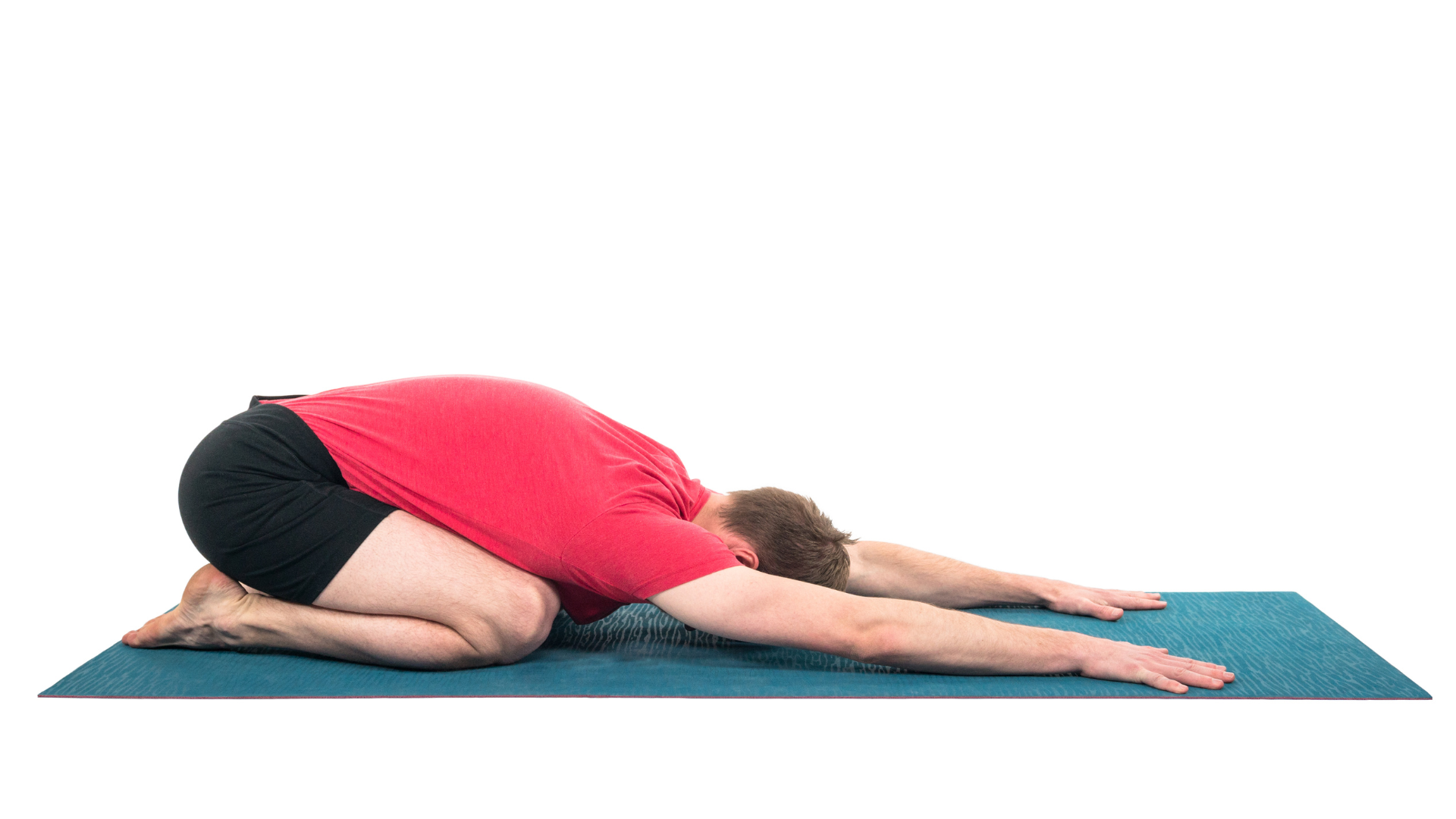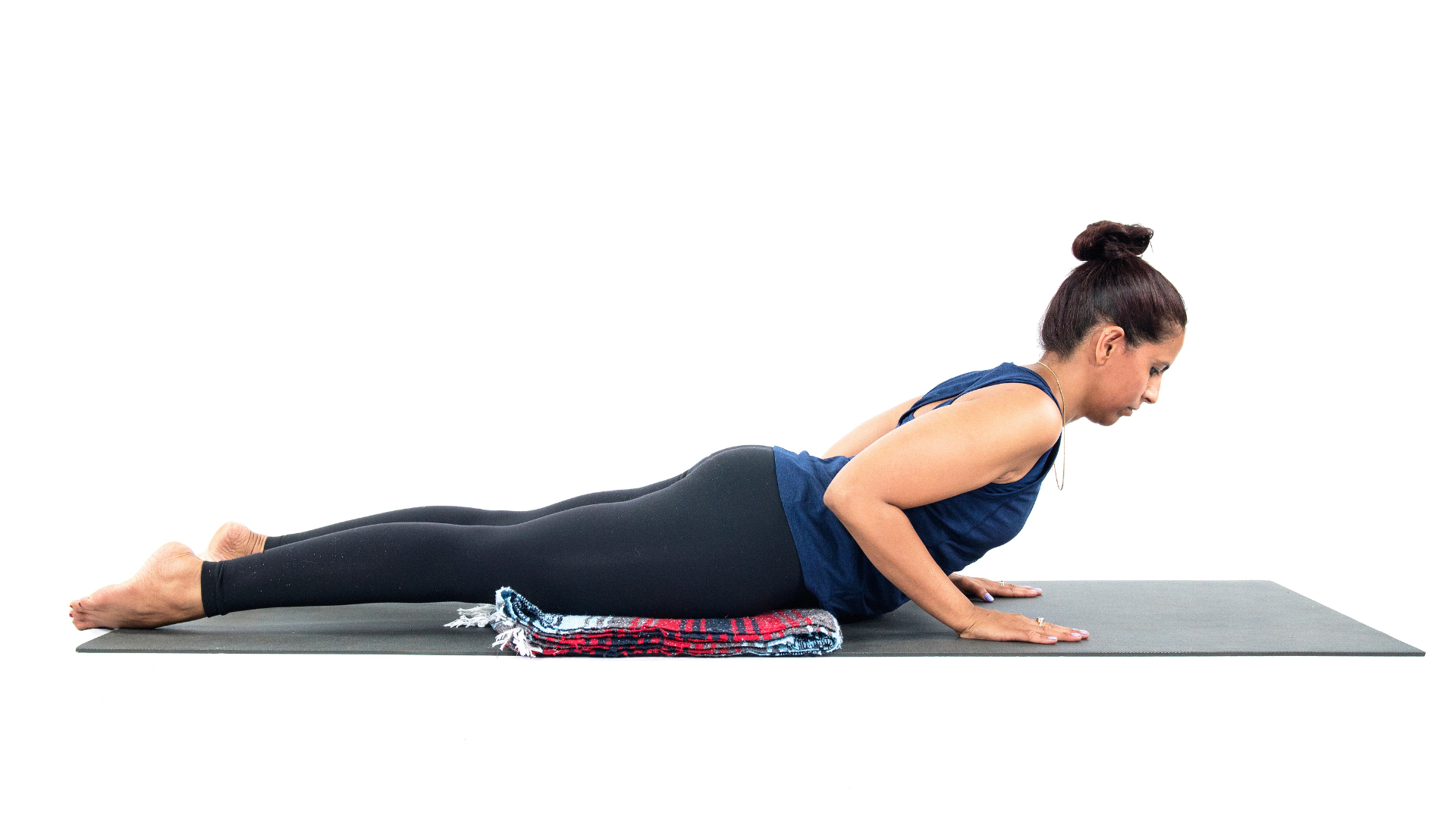Beyond Child’s Pose: Grow Your Teaching Skill

Article At A Glance
For several years, I’ve heard of a popular yoga teaching technique. I’ve heard about it directly from friends and have read it online. It’s apparently de rigueur for teachers to recommend that students rest in Balasana (Child’s Pose) if the teacher presents something especially challenging. I’m all for keeping students safe in class. It’s arguably the most important responsibility of a yoga teacher. But I’m not so keen on simply recommending Child’s Pose every time a student feels over-challenged.
Why Not Recommend Child’s Pose?

It’s absolutely appropriate to recommend Child’s Pose as a respite during an active class. Anyone can benefit from taking time out to check in with their body. But when a teacher recommends practicing Child’s Pose when a student “can’t do” what the rest of the class is practicing, the pose can feel like punishment. In today’s competitive yoga environment, who wants to be the person resting in Child’s Pose when everybody else is participating fully?
This could potentially have the opposite effect that the teacher intends. Students might avoid practicing Balasana to avoid feeling like the person who “can’t keep up.”
Be Creative

Another reason not to default to Child’s Pose is a matter of teaching skill. I offer alternatives in my classes all the time. But in 36 years of teaching, I’m pretty sure I’ve never offered Child’s Pose as an alternative to, say, Upward Bow Pose (Urdhva Dhanurasana), Hero’s Pose (Virasana), or Warrior III Pose (Virabhadrasana III), for example. That’s because no matter what pose you might be teaching, there’s always an alternative that confers similar benefits.
For example, an alternative to Urdhva Dhanurasana would be Setu Bandhasana (Bridge Pose). For a student whose knees don’t tolerate Virasana, I’d recommend sitting higher on a yoga block or two. A person who’s having trouble balancing in Virabhadrasana III can place yoga blocks under their hands.
Child’s Pose Alternatives In Vinyasa Classes
If you’re familiar with which parts of the body are being stretched and/or strengthened in any pose, you can always come up with an alternative. Because I teach traditional Hatha-style classes, it’s easy for me to help students find alternative poses. We spend enough time in poses that they can easily set themselves up with extra props or do a different pose entirely. In a fast-paced Vinyasa-style class, it’s more of a challenge, but you can still do it.
For example, in most Vinyasa classes, some students may need a break from the intense hand and wrist weight bearing. Repeating the sequence of Downward Facing Dog Pose (Adho Mukha Svanasana) to Four-Limbed Staff Pose (Chaturanga Dandasana) to Upward Facing Dog Pose (Urdhva Mukha Svanasana) over and over in a Vinyasa class can take a toll on the delicate structures of the hands and wrists. (The hands and wrists are not really designed for excessive weight bearing; they’re more fit for fine movements.)
Instead of telling them to rest in Child’s Pose, here’s an idea. Have them practice the Downward Dog-Chaturanga-Upward Dog sequence on their forearms instead of their hands. They’ll still get the same core strengthening, hamstring stretching, and backbending benefits as they would in the traditional sequence. But they won’t compromise their hands and wrists.

You could also recommend that they skip Chaturanga sometimes or substitute Bhujangasana (Cobra Pose) for Urdhva Mukha Svanasana. This way, your students can still participate in the class flow without sacrificing their hands and wrists.
It can be helpful to suggest these alternatives for the entire class. Not only does this help preserve everyone’s hands and wrists, but it also keeps the whole class on the same page.
Make A List Of Child’s Pose Alternatives
It can be helpful to make a list of poses you teach regularly. In which poses do you sometimes recommend Child’s Pose? Underneath each pose, list what’s being stretched and/or strengthened. Then think about other poses that offer the same benefits. List those poses underneath. Making a list can help you integrate the information mentally. This will make it more accessible to you in the context of a class.
Again, there’s absolutely nothing wrong with Child’s Pose. It’s a lovely way to pause and pause during class. But it’s not a catchall pose for everyone in every instance. Exploring ways to find appropriate alternatives will grow your teaching skills. And when you grow your teaching skills, your students benefit.
Also, read...
Warrior I Pose: 5 Strengthening Variations
Deepening Your Home Yoga Practice: An Interview with Judith Hanson Lasater
4 Easy Ways to Use a Sandbag in Yoga Practice
Related courses
Breath as Medicine: Yogic Breathing for Vital Aging
Yoga and Myofascial Release: Releasing Chronic Tension with the Bodymind Ballwork Method
Yoga and Detoxification: Tips for Stimulating Lymphatic Health

Charlotte Bell began practicing yoga in 1982 and began teaching in 1986. She was certified by B.K.S. Iyengar in 1989 following a trip to Pune. In 1986, she began practicing Insight Meditation with her mentors Pujari and Abhilasha Keays. Her asana classes blend mindfulness with physical movement. Charlotte writes a column for Catalyst Magazine and serves as editor for Yoga U Online. She is the author of two books: Mindful Yoga, Mindful Life, and Yoga for Meditators, both published by Rodmell Press. She also edits Hugger Mugger Yoga Products’ blog and is a founding board member for GreenTREE Yoga, a non-profit that brings yoga to underserved populations. A lifelong musician, she plays oboe and English horn in the Salt Lake Symphony and the folk sextet Red Rock Rondo whose 2010 PBS music special won two Emmys.




